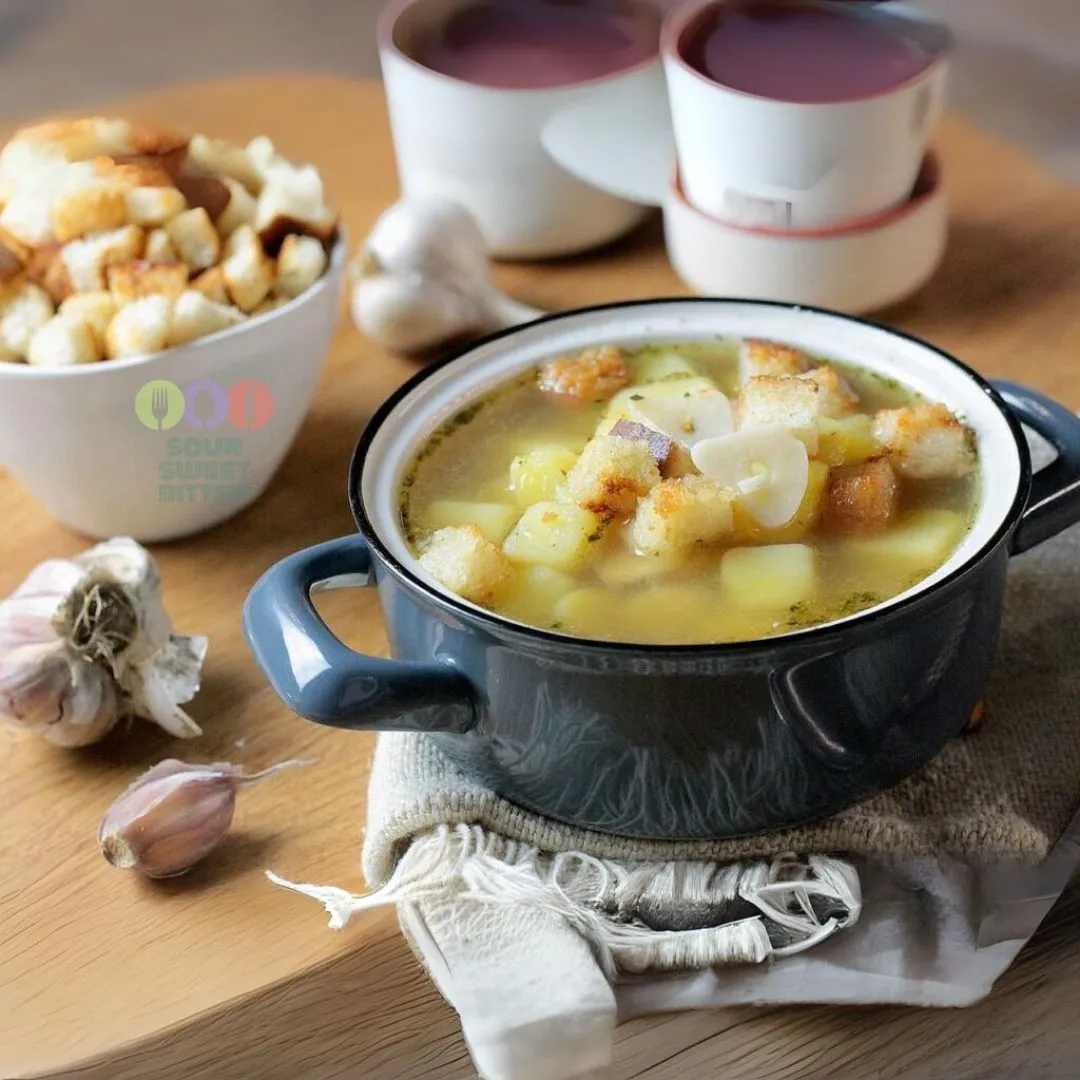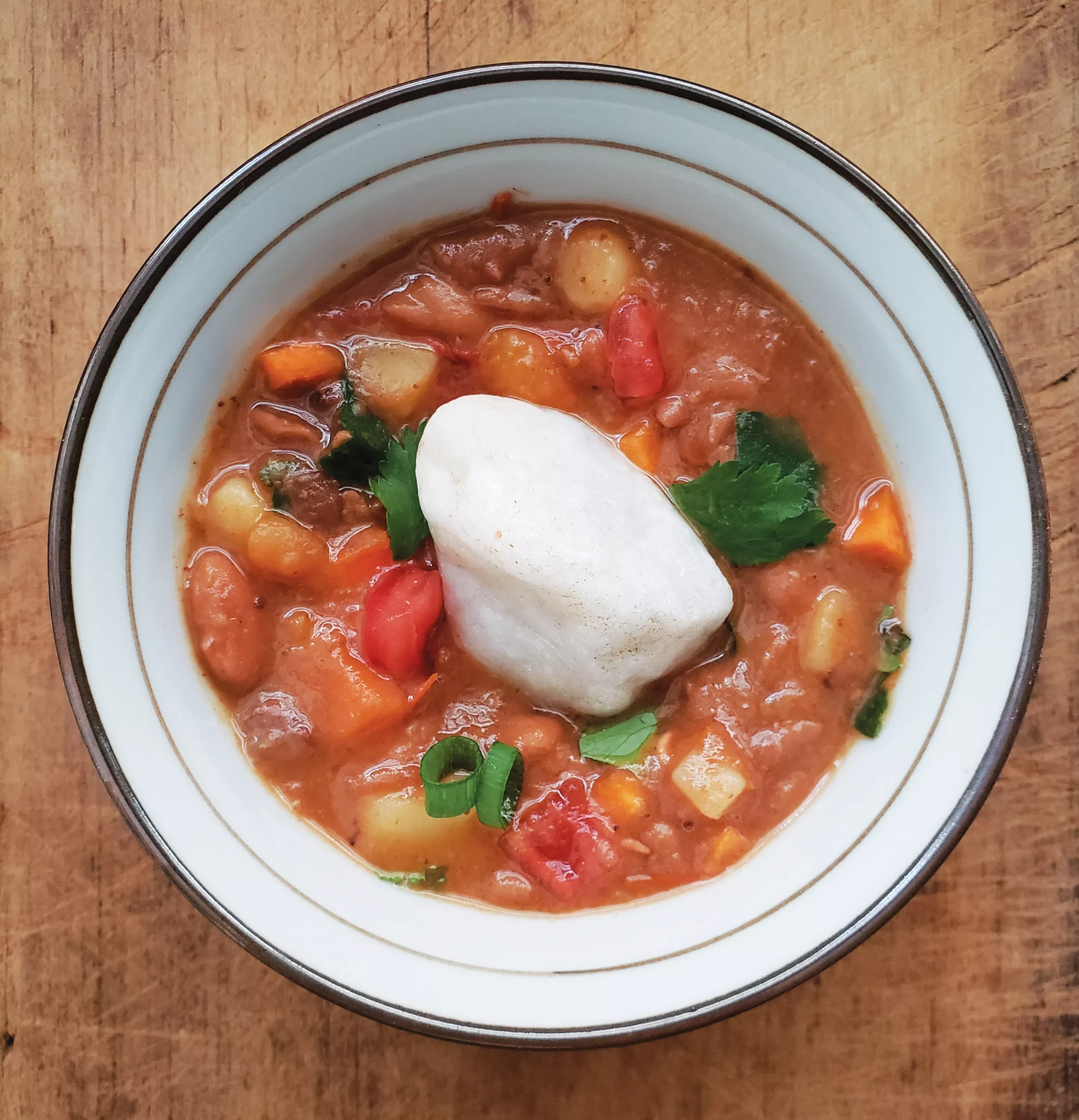Unraveling the Rich Traditions of American Clam Chowder
American clam chowder is not just a soup; it symbolizes the flavors and culture of coastal New England. This creamy, hearty dish delights with its blend of tender clams, rich broth, and comforting ingredients. Let’s dive into the history, cultural significance, and unique characteristics that make this dish a beloved staple in American cuisine.
A Historical Perspective: The Origins of Clam Chowder
The origins of this dish date back to the early 18th century, with roots in the Northeastern United States. Historians believe that clam chowder evolved from various influences, including British chowder recipes brought by settlers. These early versions featured ingredients such as salted fish and potatoes, showcasing the resourcefulness of coastal communities. Over time, clams became the star ingredient, highlighting the abundance of seafood in New England waters.
The Cultural Significance: A Taste of New England
Clam chowder holds a special place in American culture, particularly in New England. It reflects the region’s maritime heritage and the deep connection between local communities and the ocean. This dish often appears at family gatherings, seafood festivals, and holiday celebrations, symbolizing warmth and hospitality. Moreover, it has sparked friendly rivalries, particularly between New England and Manhattan styles, showcasing regional pride and culinary diversity.
The Ingredients: A Symphony of Flavors
The key components in clam chowder create a harmonious blend of tastes. Fresh clams, combined with onions, celery, and potatoes, provide a savory base. Cream or milk adds richness, while seasonings such as thyme, bay leaves, and pepper elevate the flavor. Many cooks also include bacon or salt pork for added depth, making each bowl a unique reflection of family recipes.
Pairing Perfection: Enjoying Clam Chowder
To enhance your chowder experience, consider pairing it with crusty bread or buttery crackers. These accompaniments complement the dish and add texture, making every spoonful a delightful adventure. A crisp white wine or light beer can elevate the meal, allowing you to savor the flavors of New England in a refreshing way.
A Comforting Tradition: Clam Chowder Today
Today, clam chowder continues to be a cherished dish enjoyed across the United States. While traditional recipes remain popular, modern interpretations have emerged, incorporating diverse ingredients and techniques. Whether you’re savoring a bowl at a seaside restaurant or preparing it at home, this classic offers a comforting taste of history, culture, and community.
In conclusion, American clam chowder represents the rich culinary heritage of New England. Its historical roots, cultural significance, and flavorful ingredients make it true comfort food. Don’t miss the chance to enjoy this iconic dish and connect with the traditions it embodies through each creamy, savory bite.
Discover Traditional Recipes from USA Discover Traditional North American Recipes You may like this also: Thai Tom Kha Gai
American Clam Chowder
Ingredients
For Garnish
Instructions
-
Thoroughly clean the sand from clams. Put them in a deep pot. Add 4 glasses of cold water and close the lid. When the water starts to boil, lower the heat and cook until the clams open. (about 8-10 min)
-
Remove the cooked clams from the water with the help of a strainer on a tray.
-
Pour the water in which you boiled the clams through a fine strainer into a deep bowl. Completely remove sand.
-
After washing and drying the pot, put it back on the stove and switch on the heat. Put the butter into the heated pot and melt it. Add the chopped bacon and cook in the butter until crisp, about 10 minutes. Place the cooked bacon on a plate covered with paper towel.
-
Add the chopped onion and celery to the remaining oil in the pan. Cook for about 8 minutes until soft. Add 6 glasses of the reserved clam boiling water, potatoes, thyme and bay leaves to the vegetables and mix.
-
Bring to a boil and reduce the heat. Cook for about 20 minutes until the potatoes are soften. In a small cup, mix the starch with 2 tablespoons of cold water to make a slurry. Stir the starch mixture into your soup. From this point on, stir constantly until it boils.
-
Once the soup has thickened, stir in the clams, 3/4 of the fried bacon and the heavy cream.
-
Ladle the soup into bowls and garnish with the remaining bacon and oyster crackers if desired.
Clam chowder is ready to serve. Bon Appetit!










